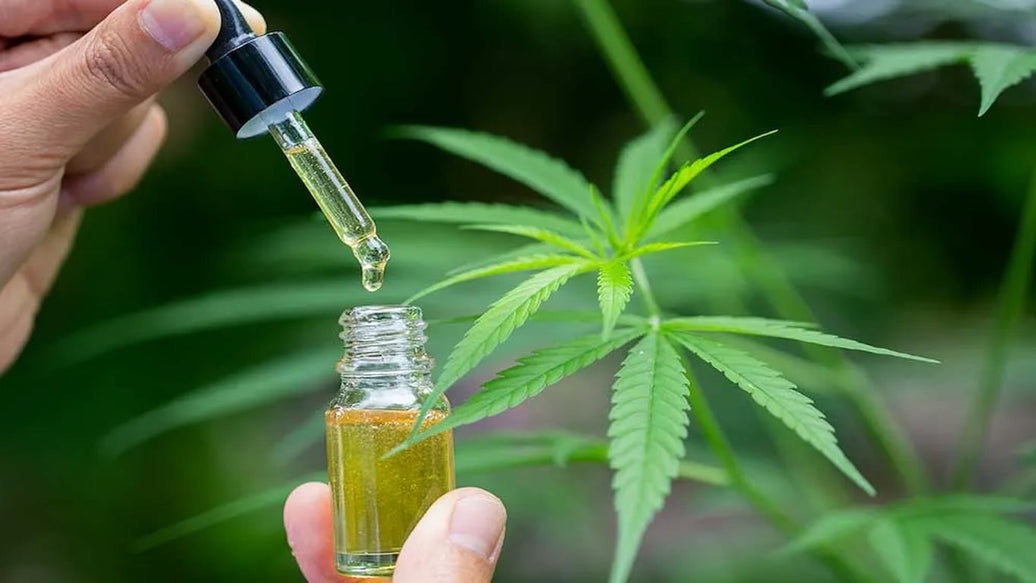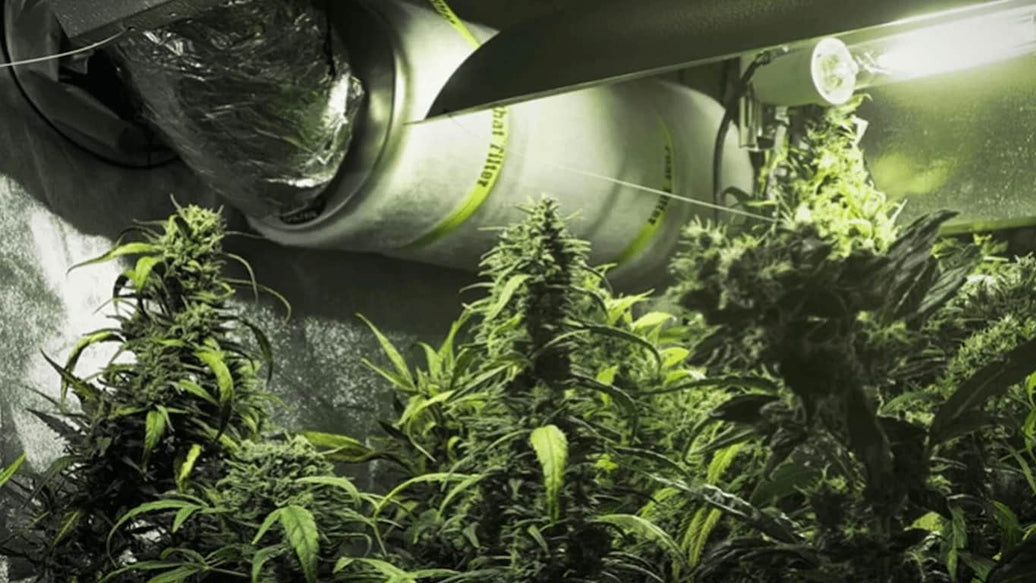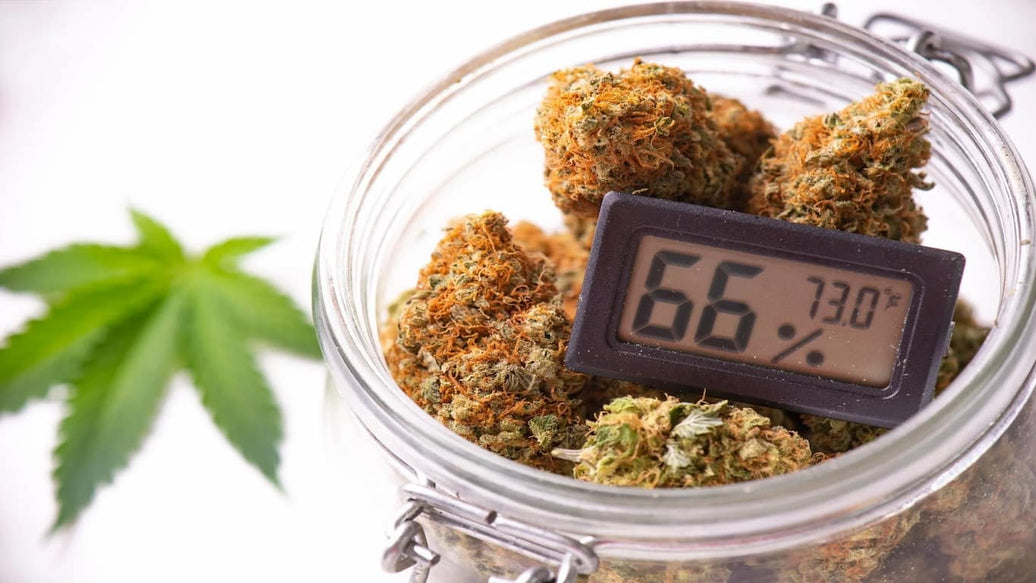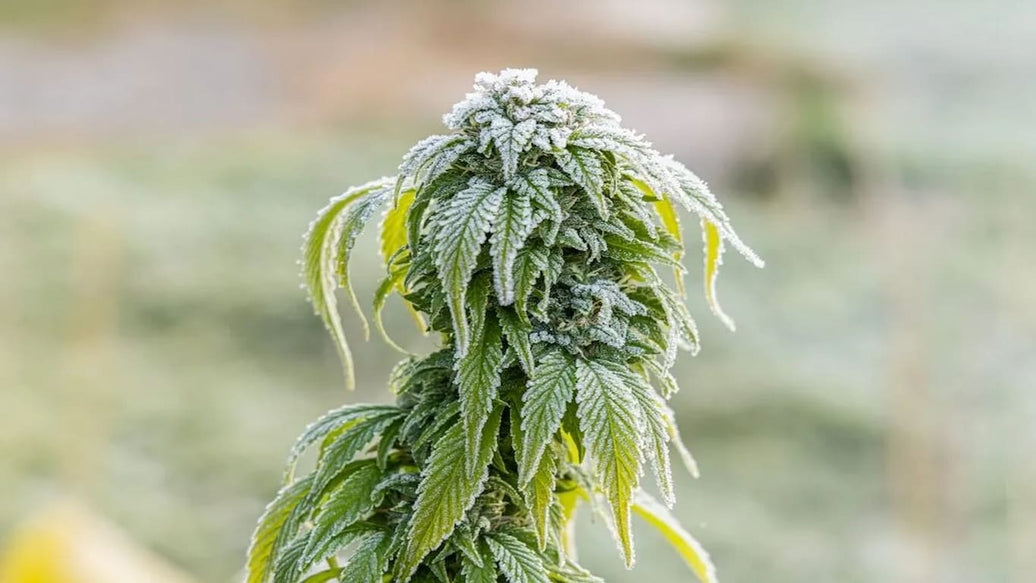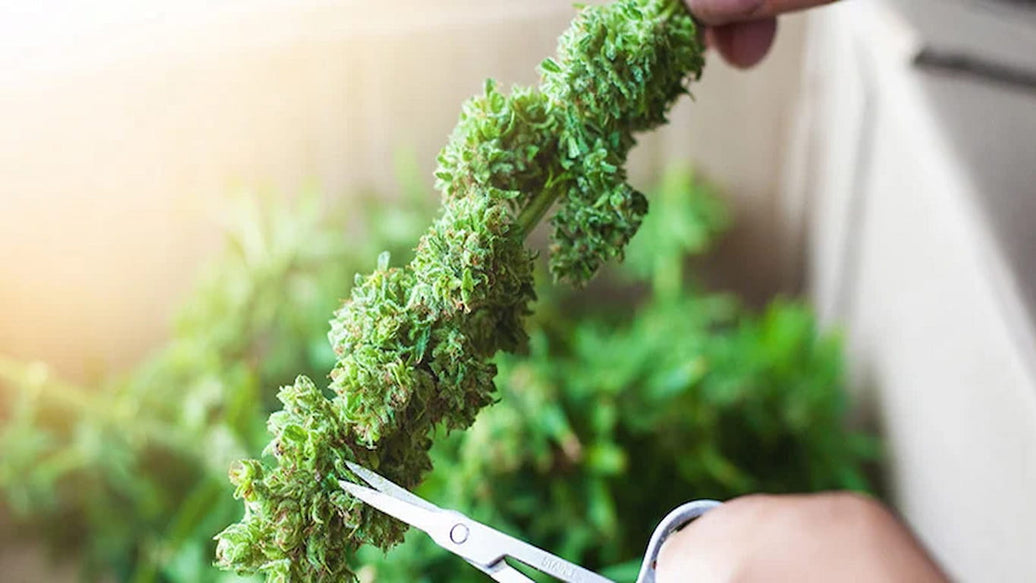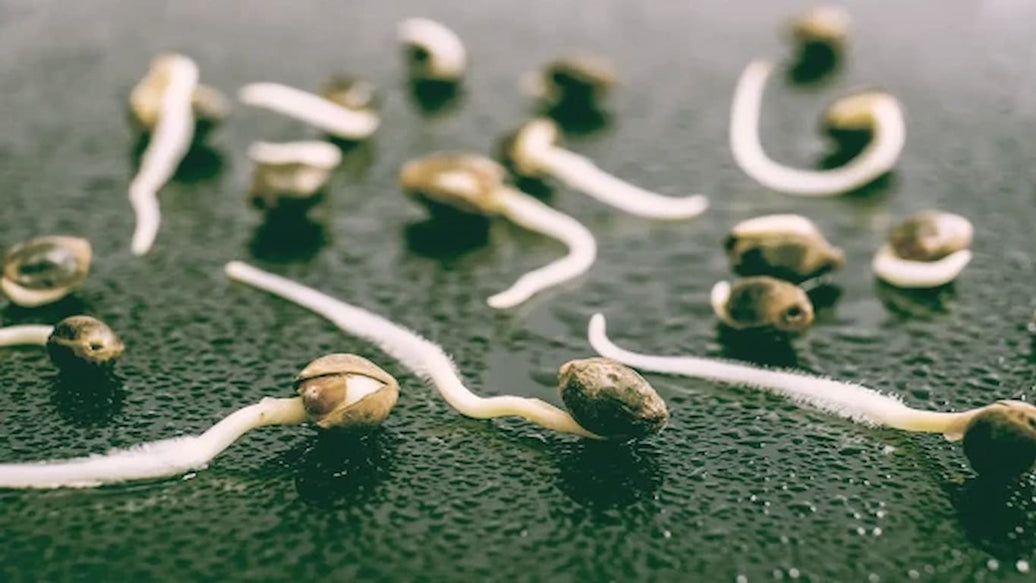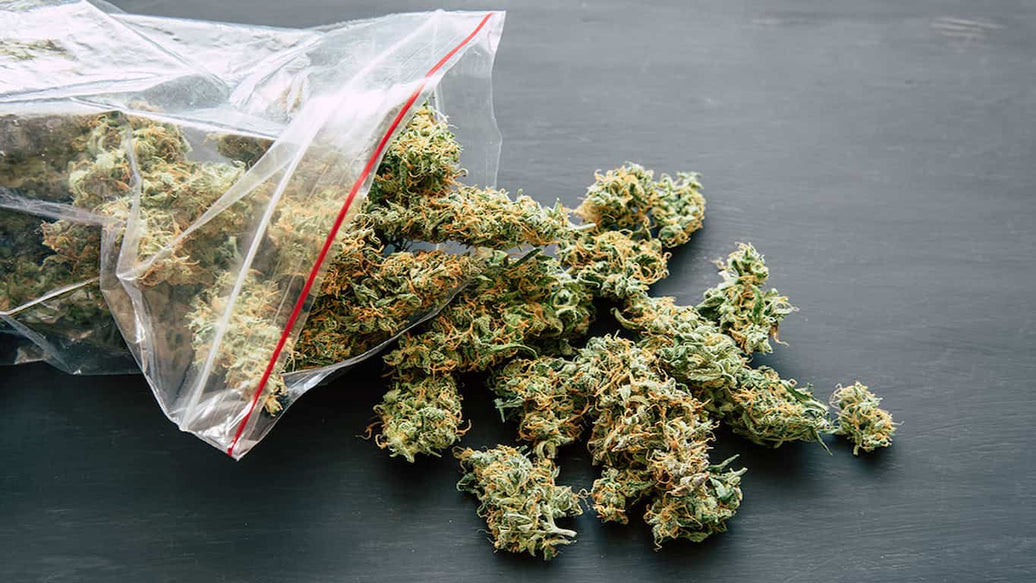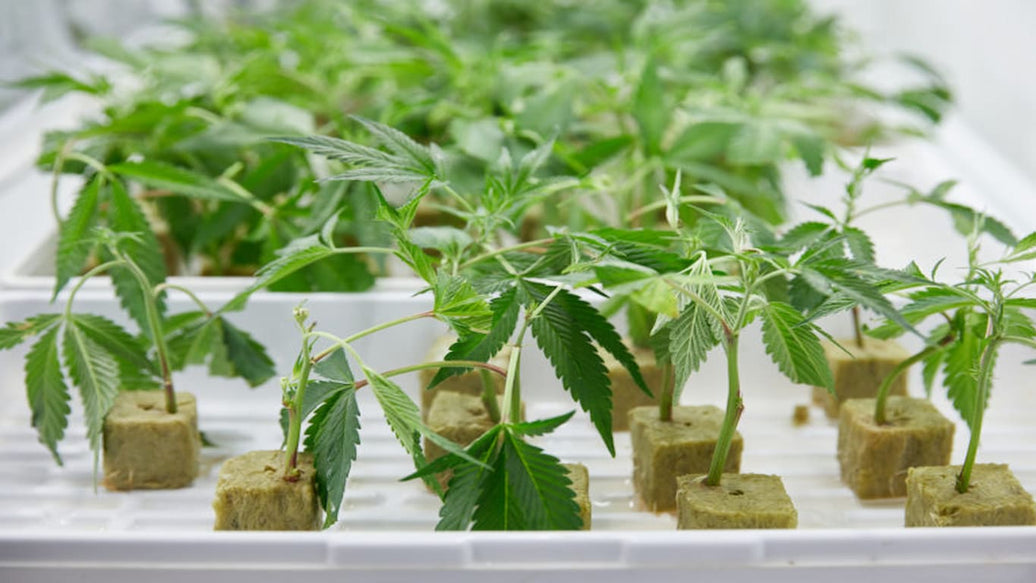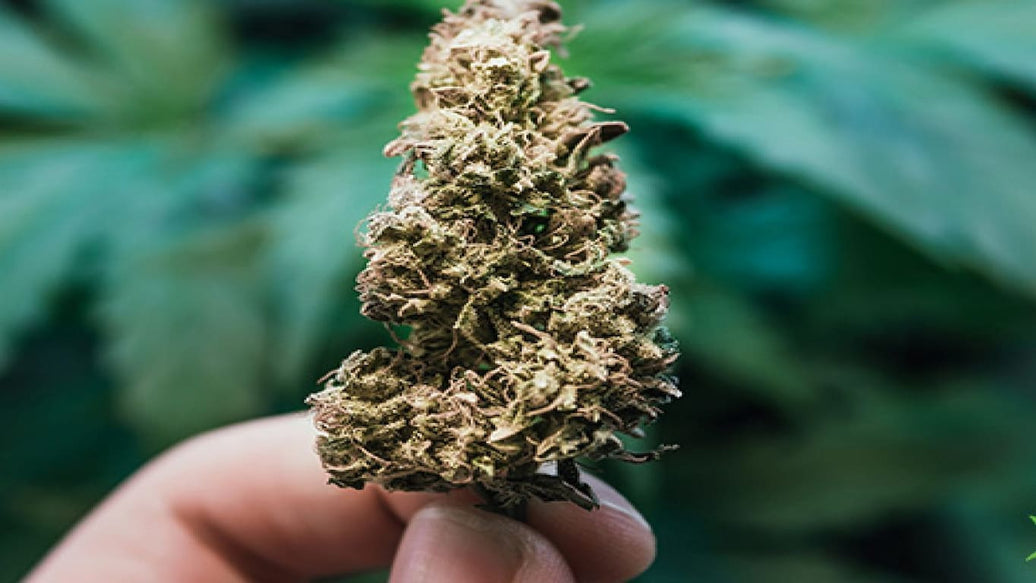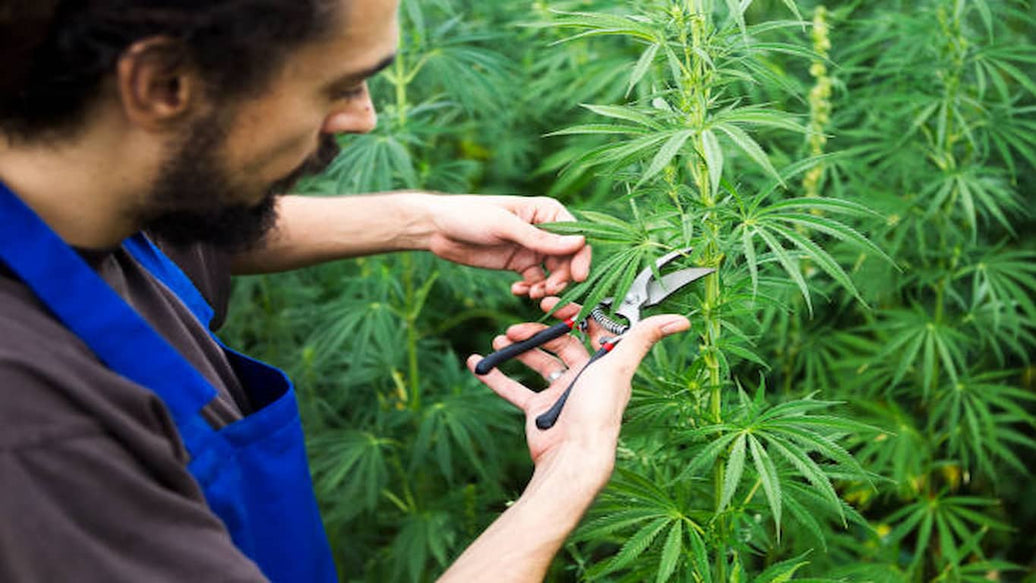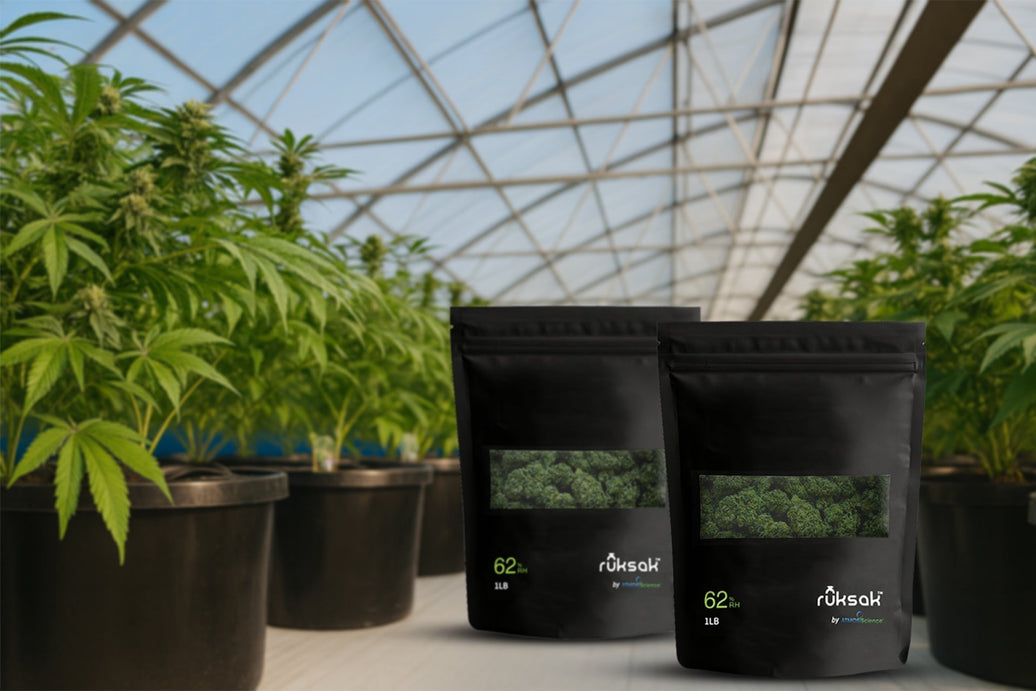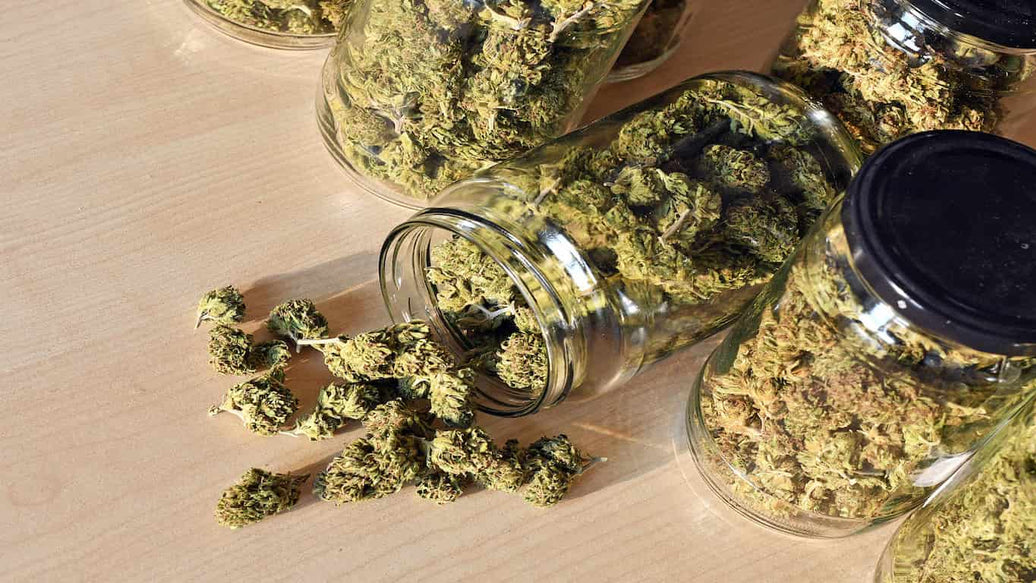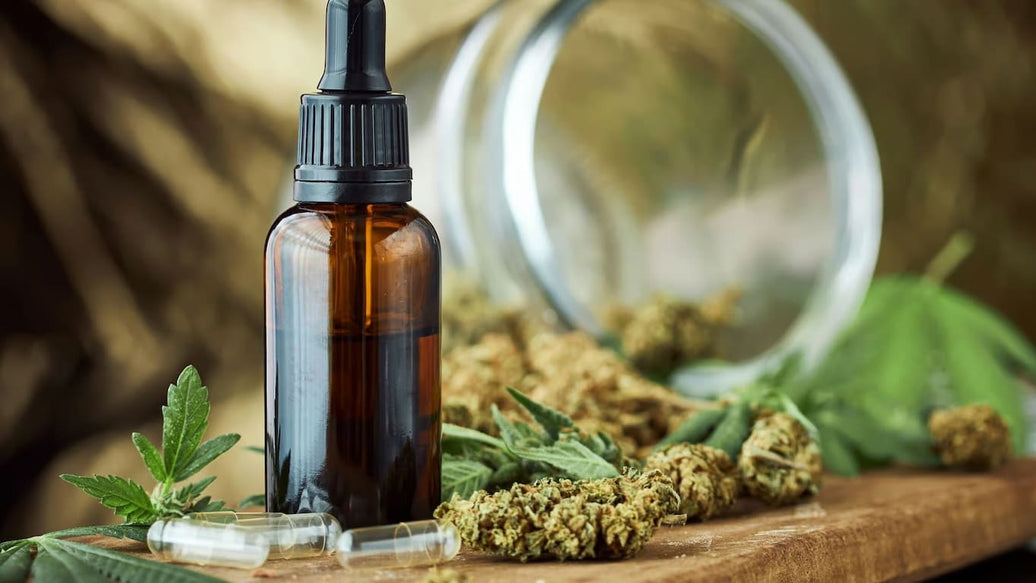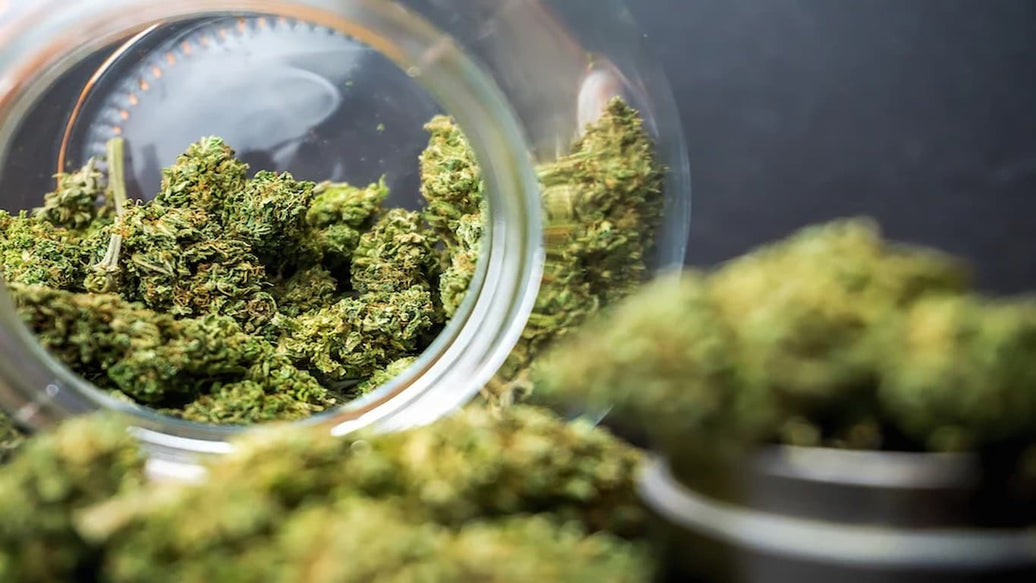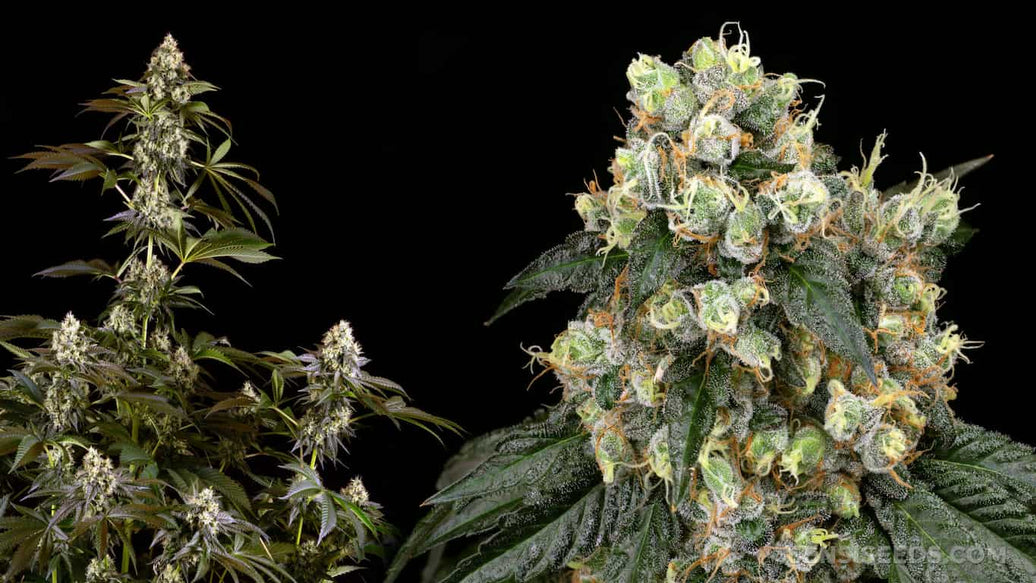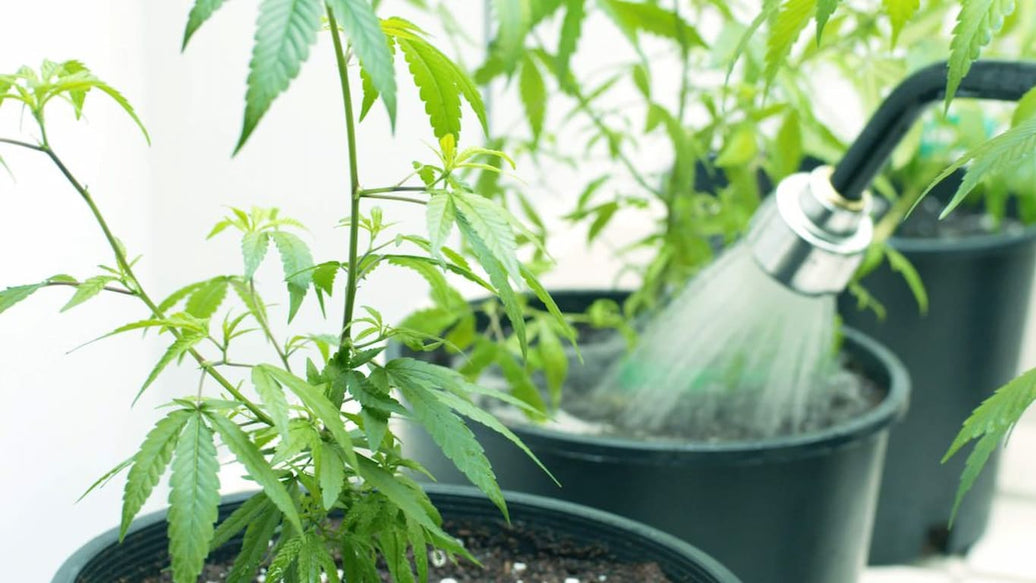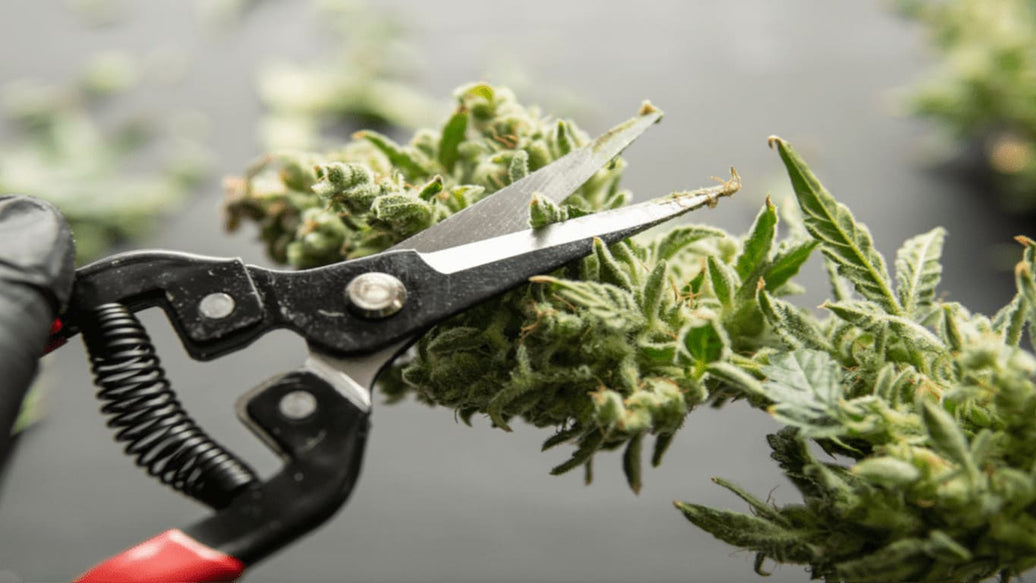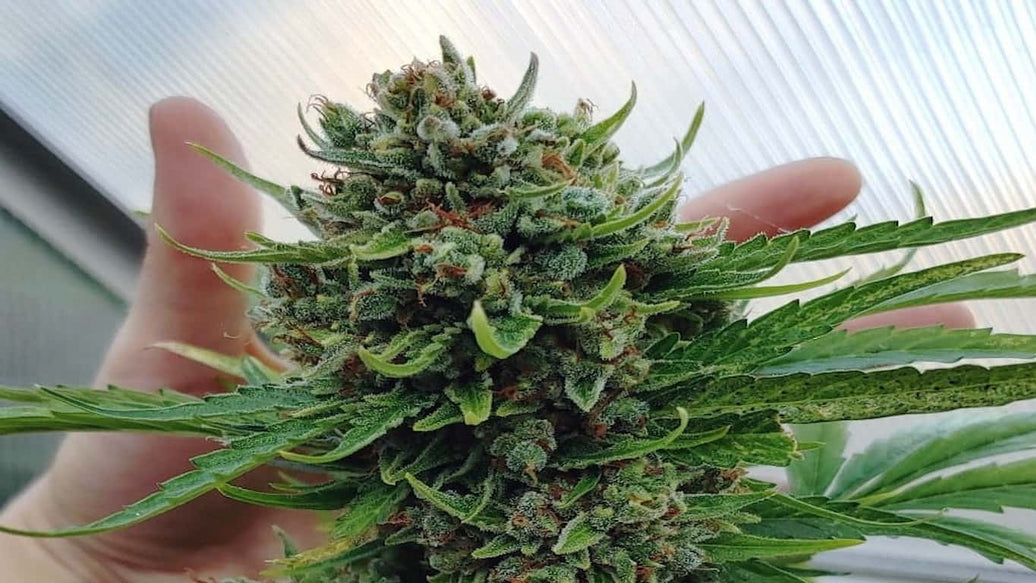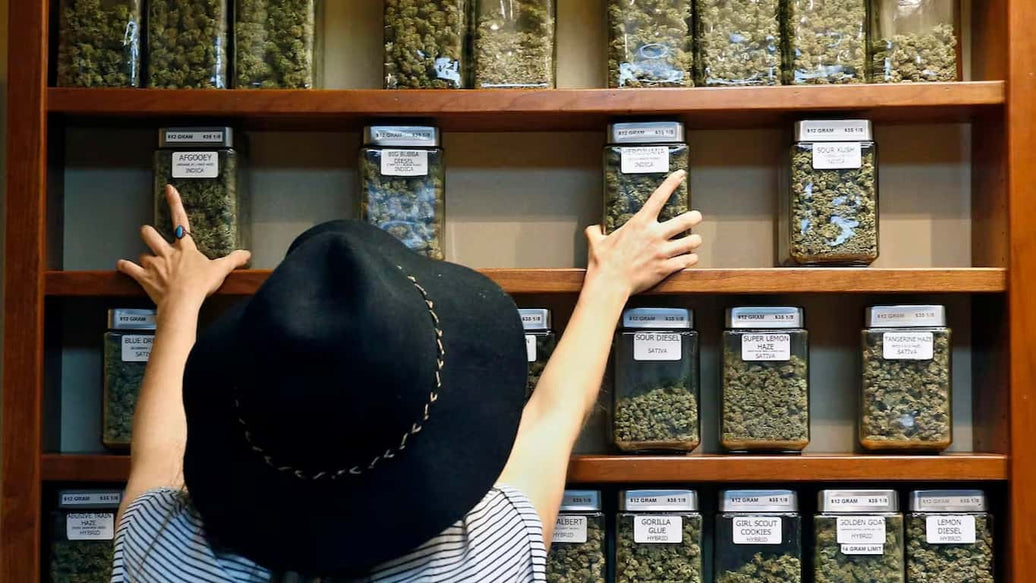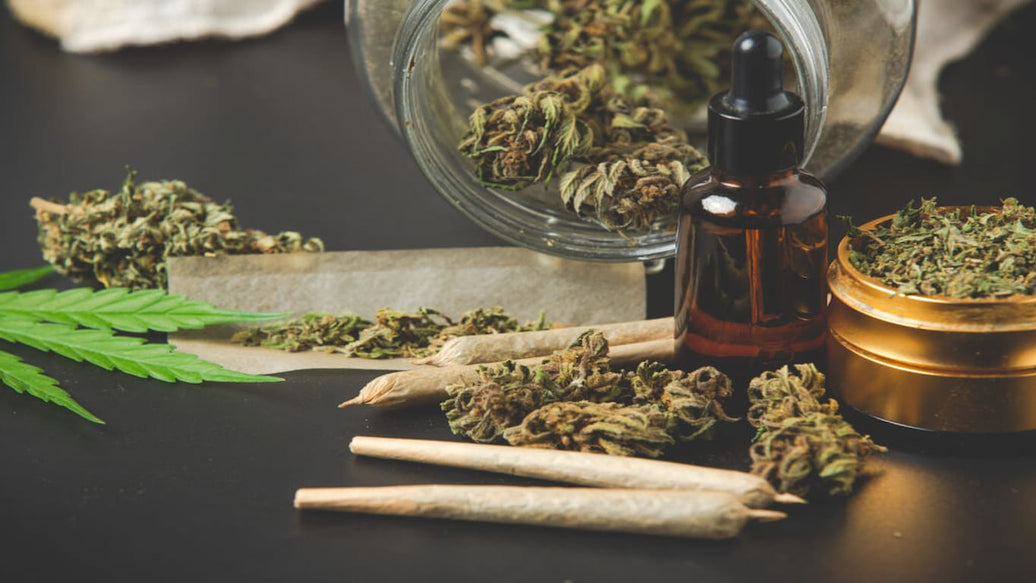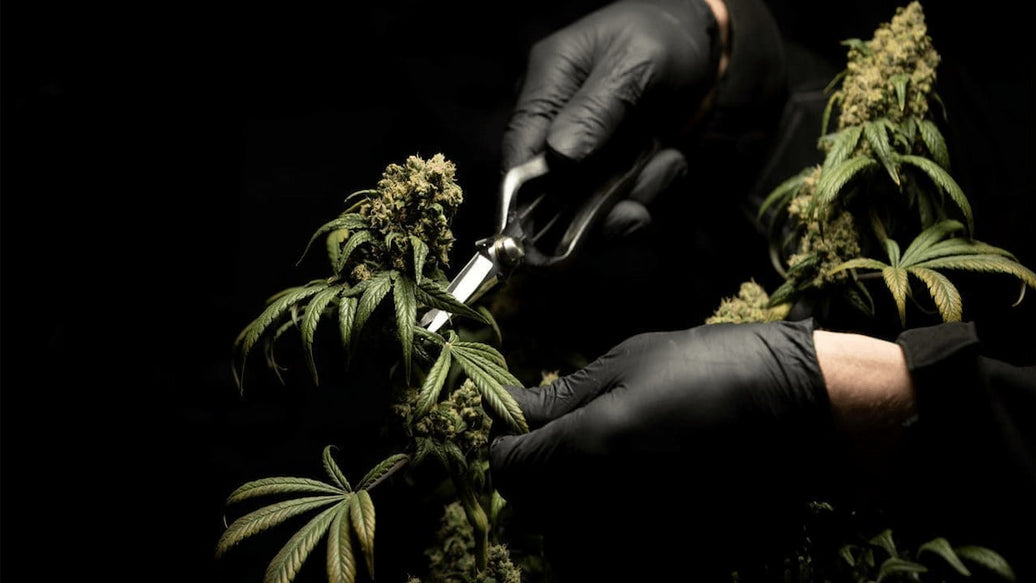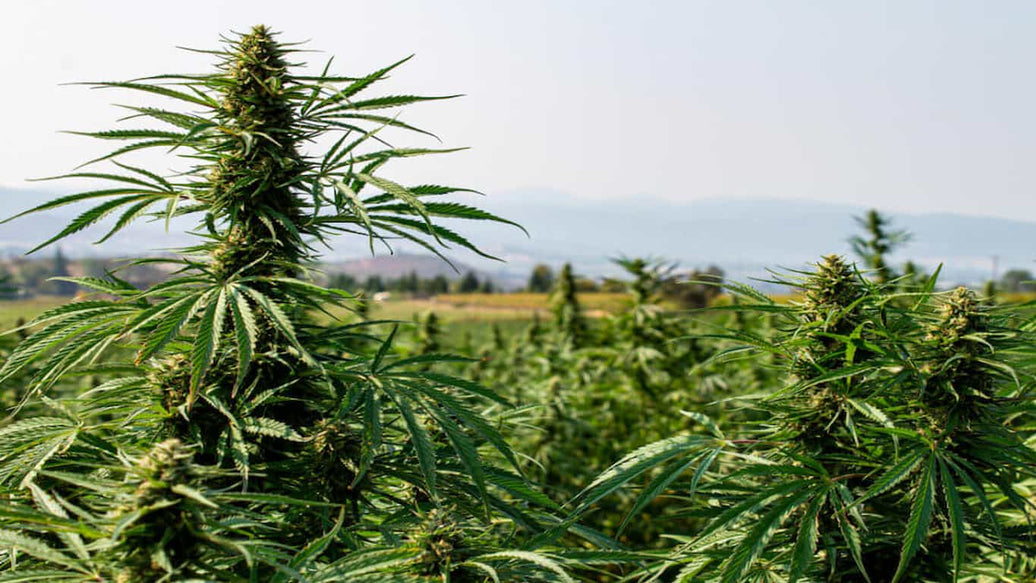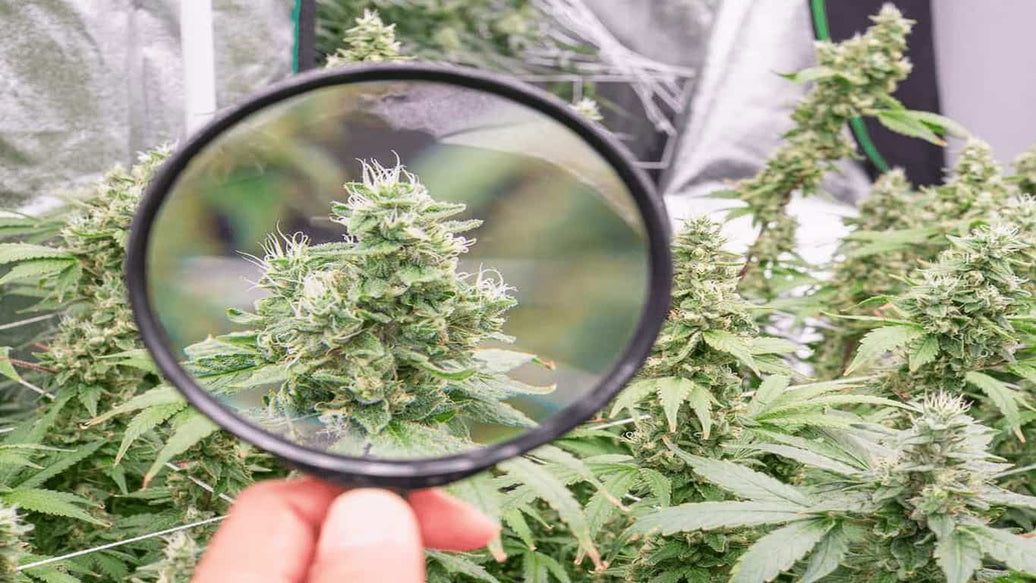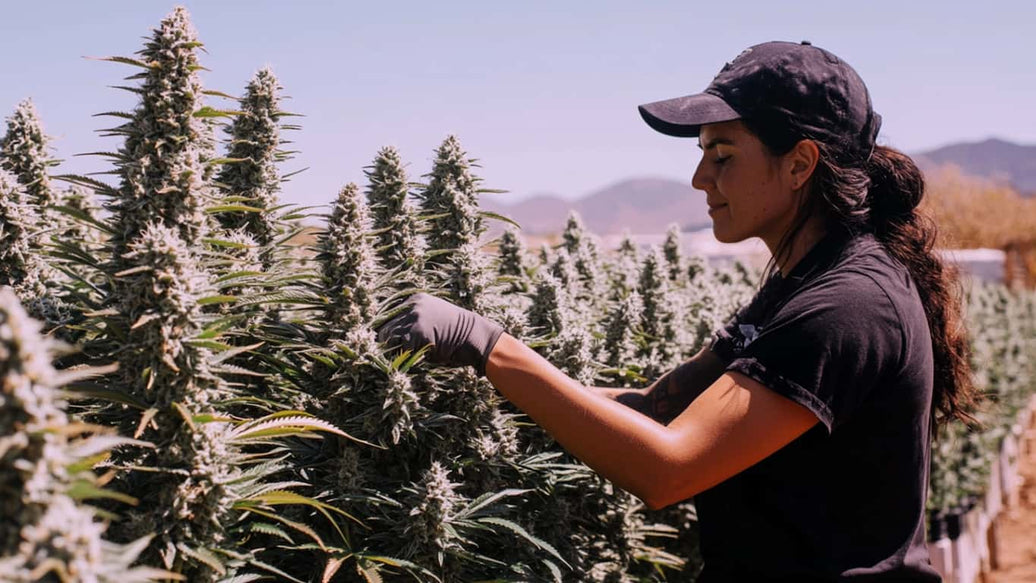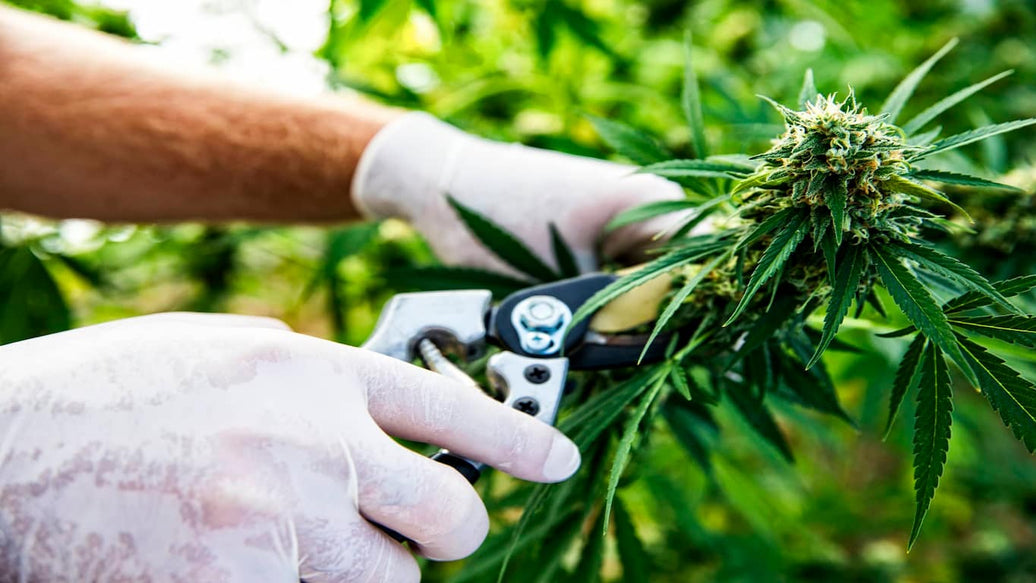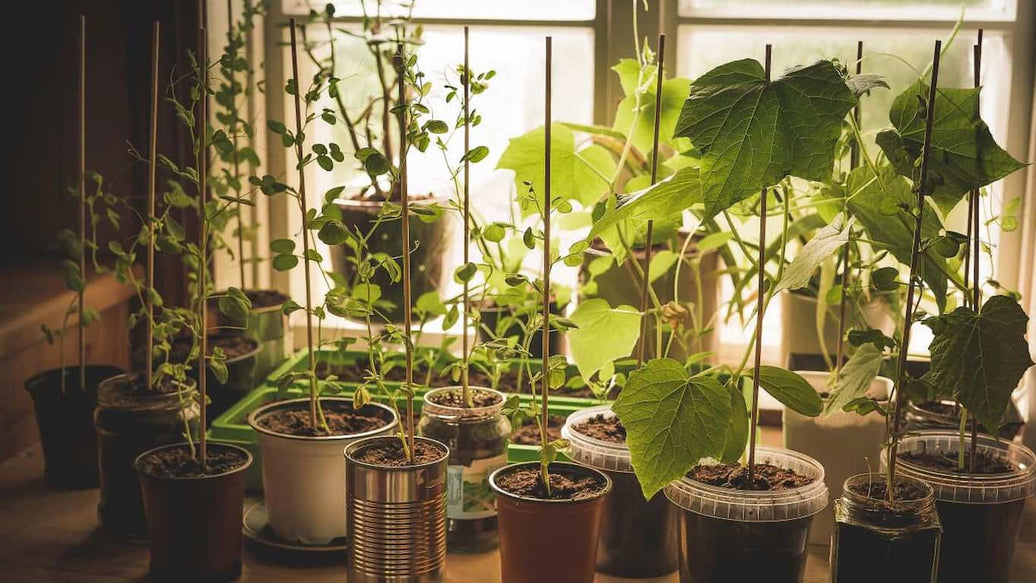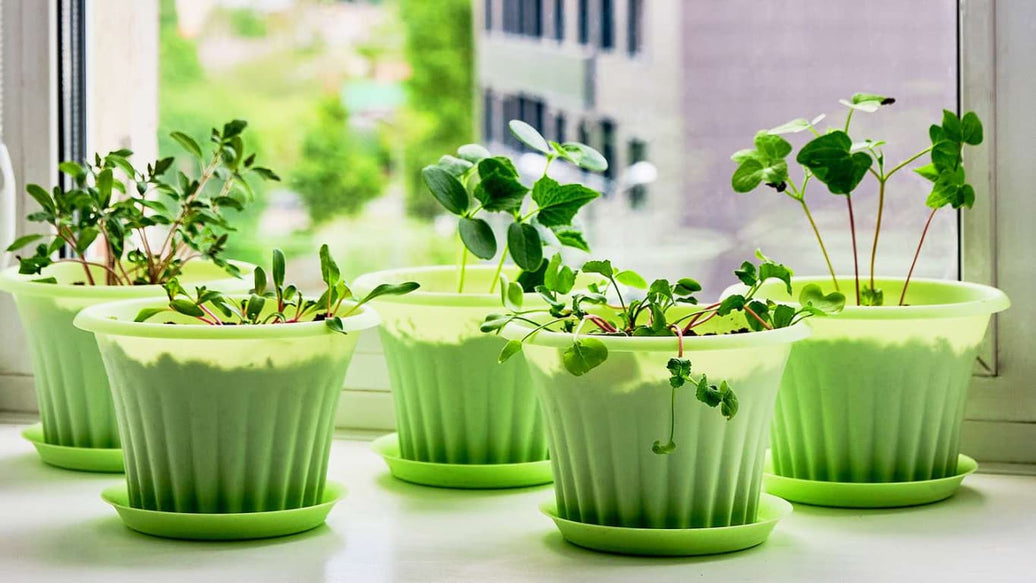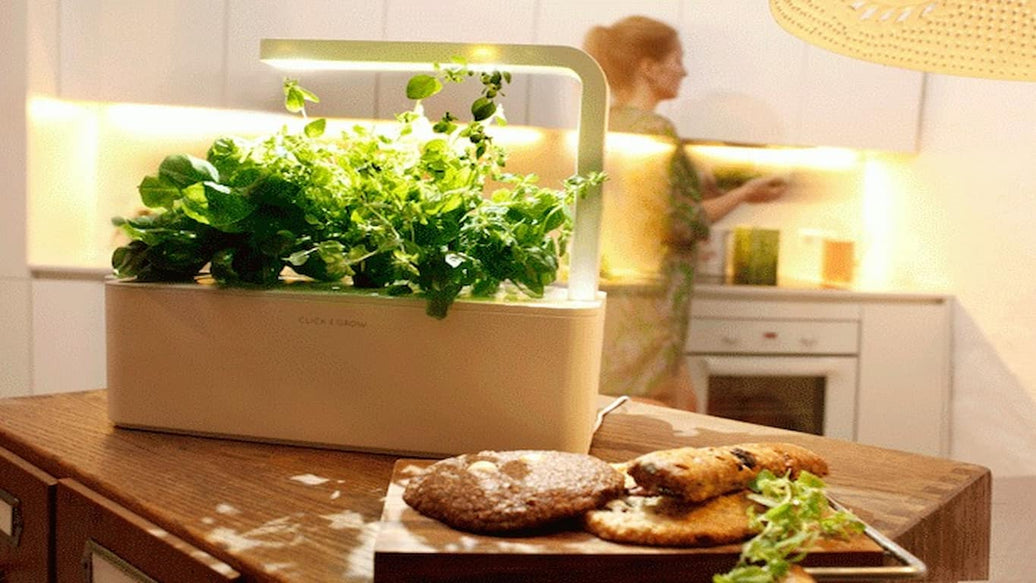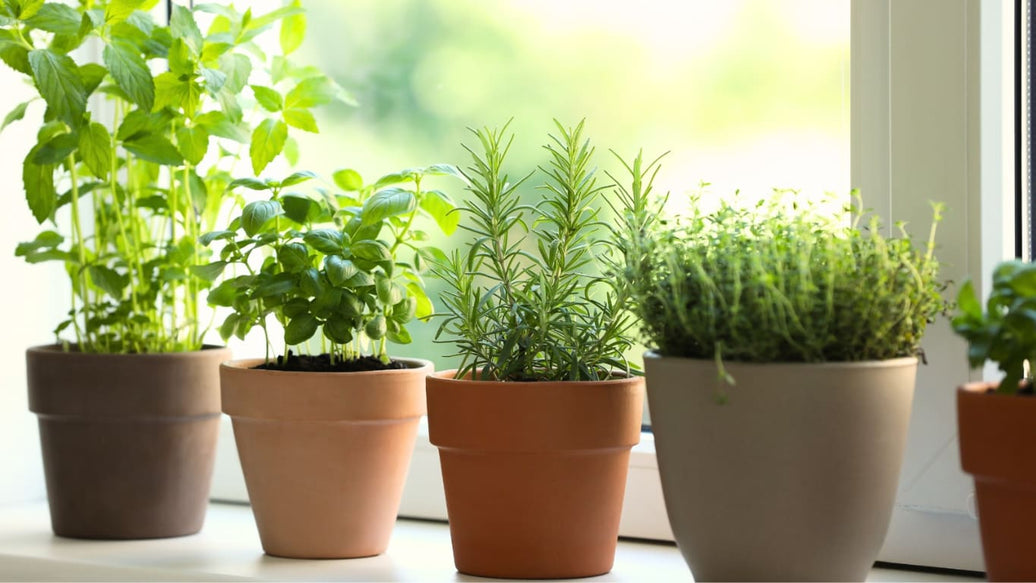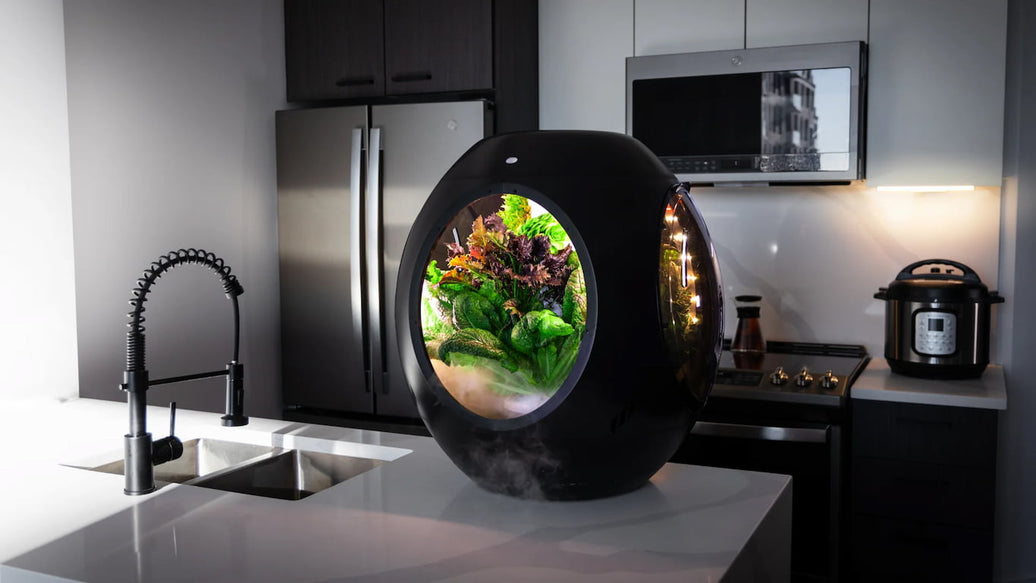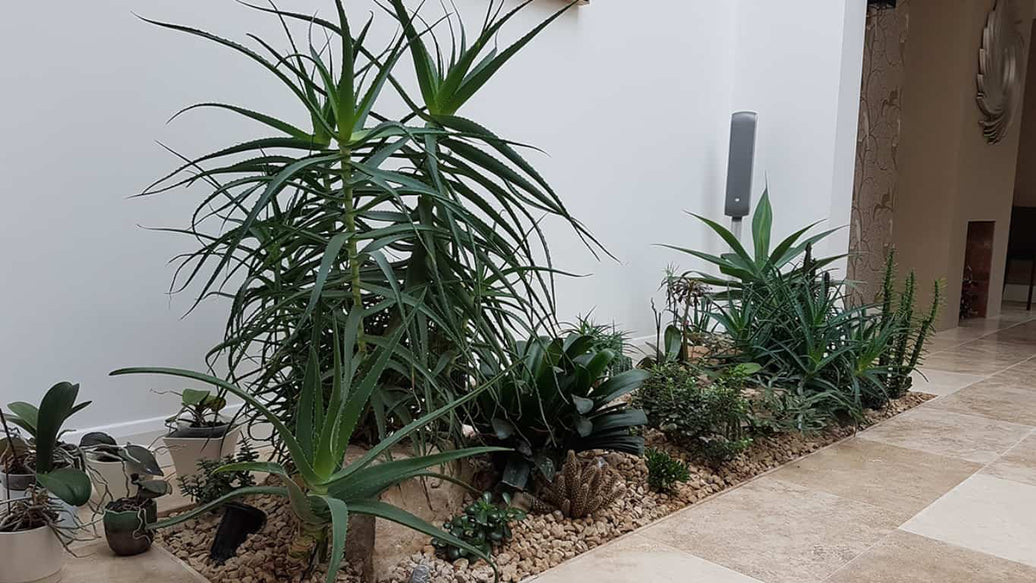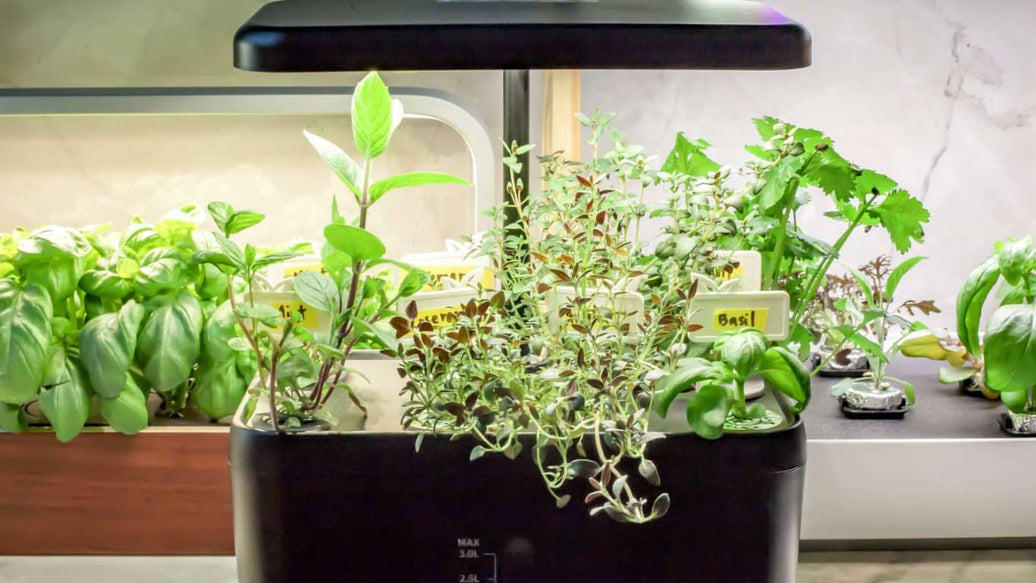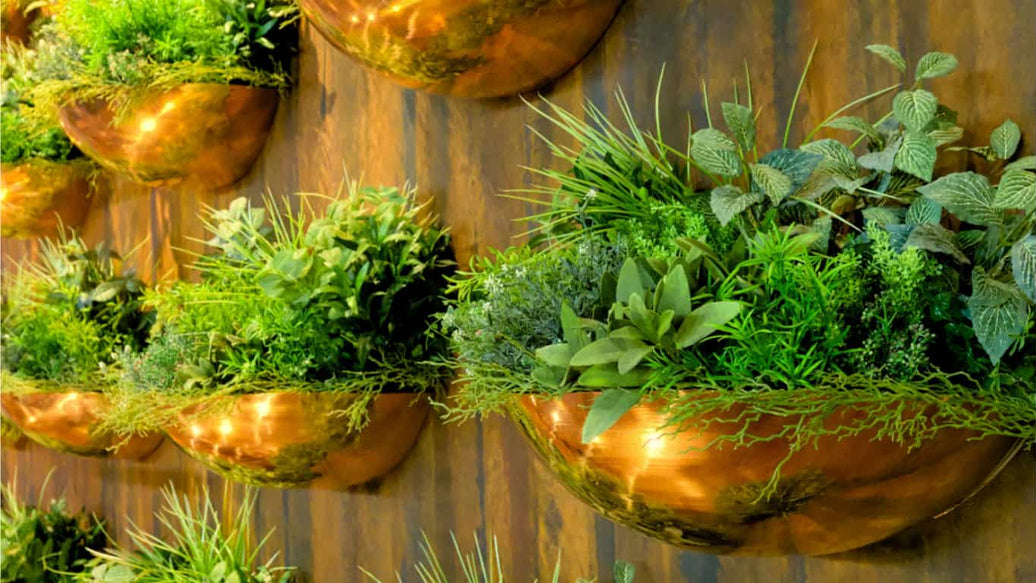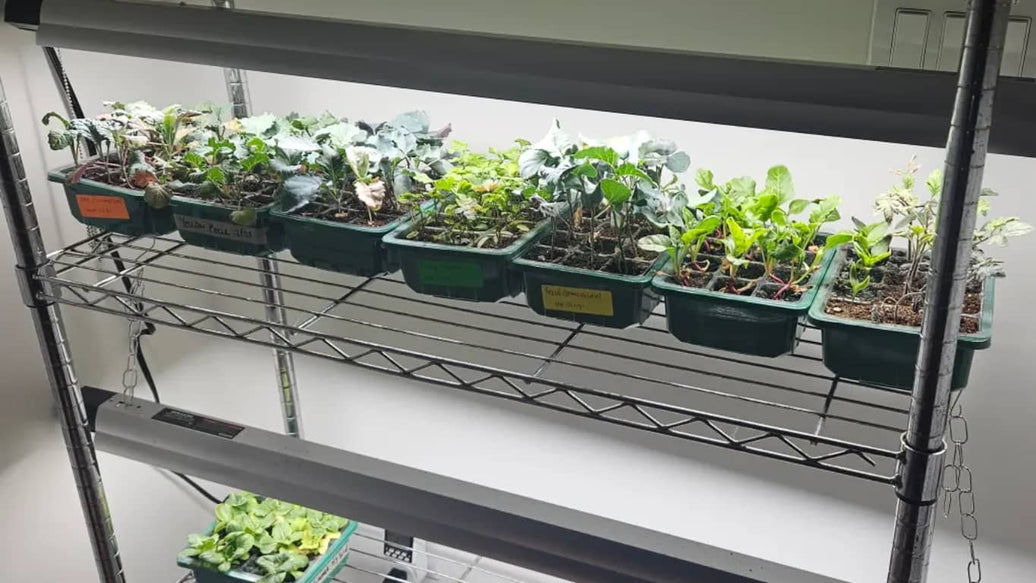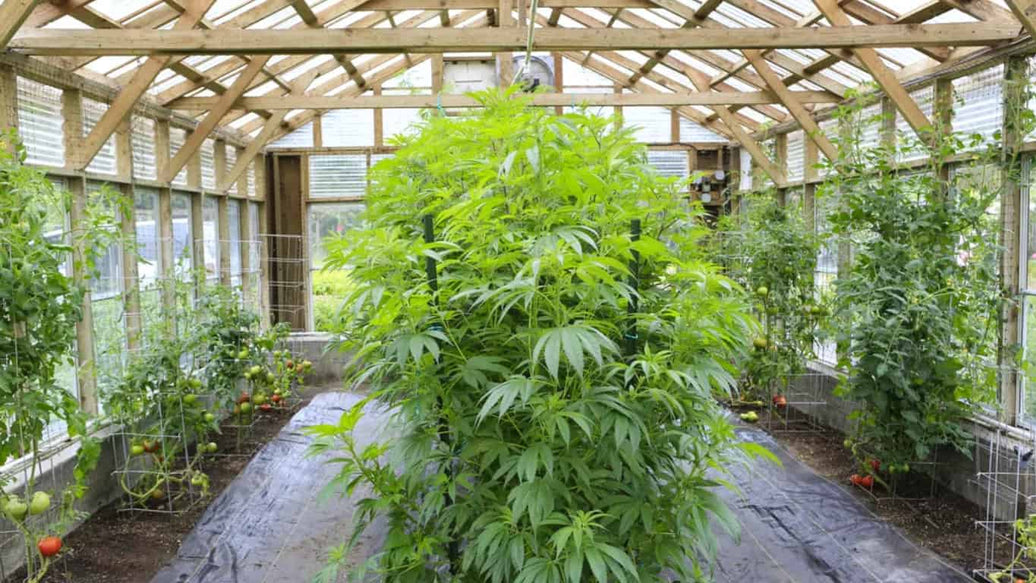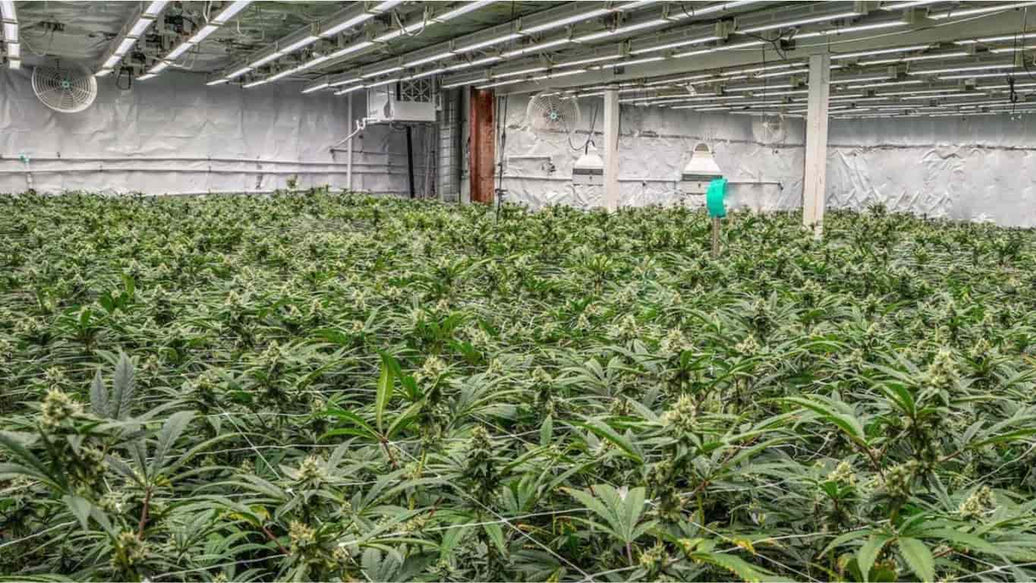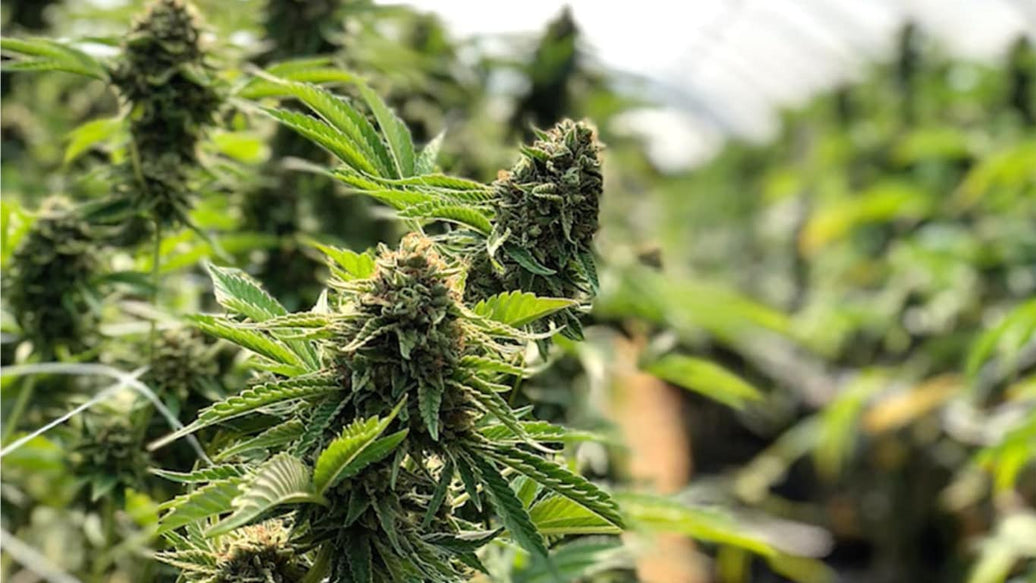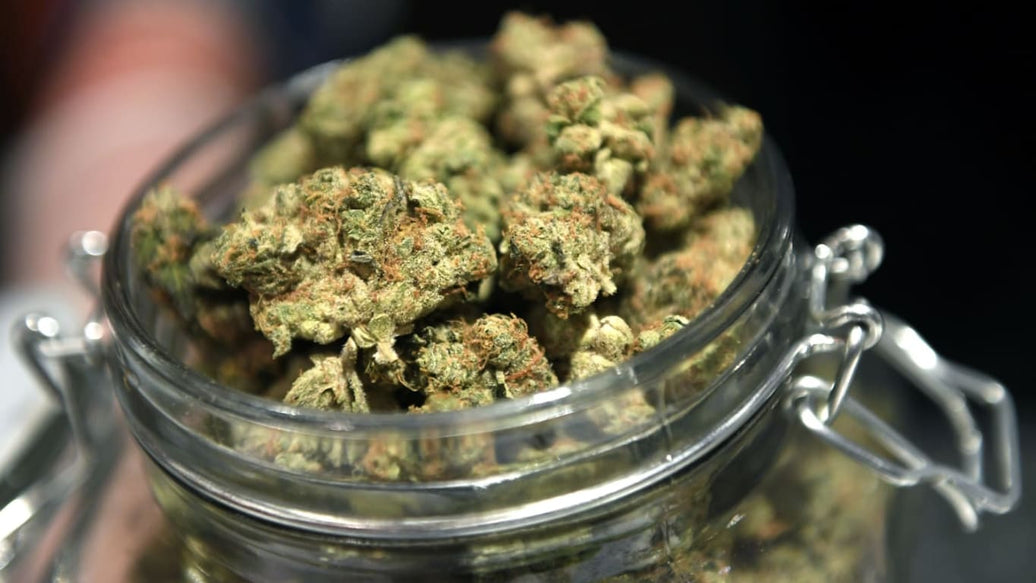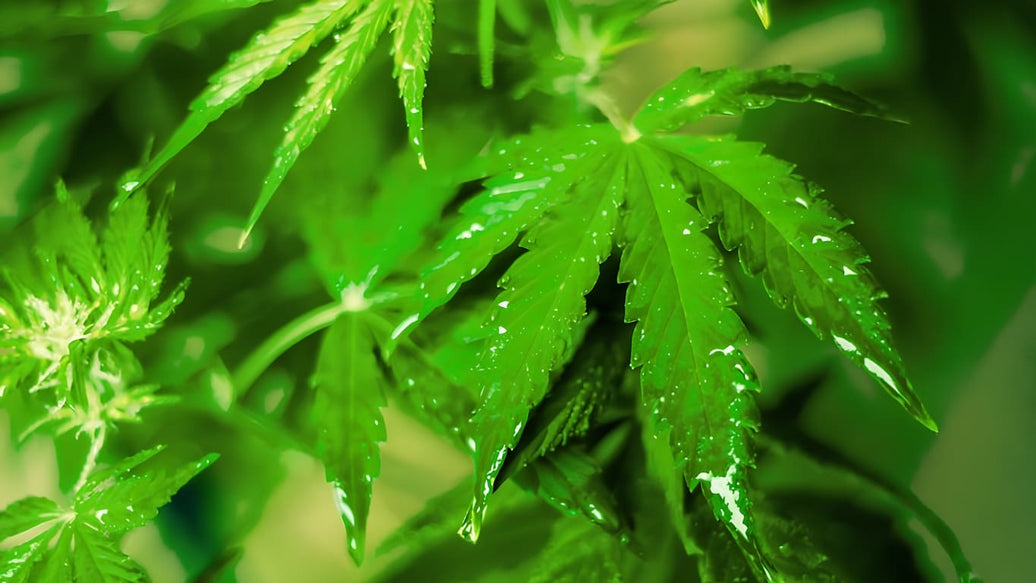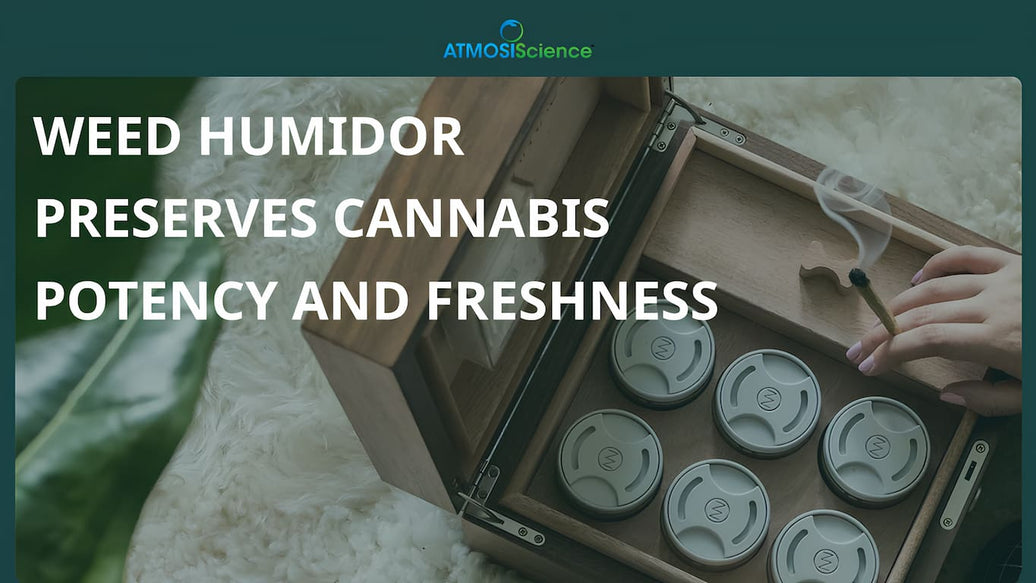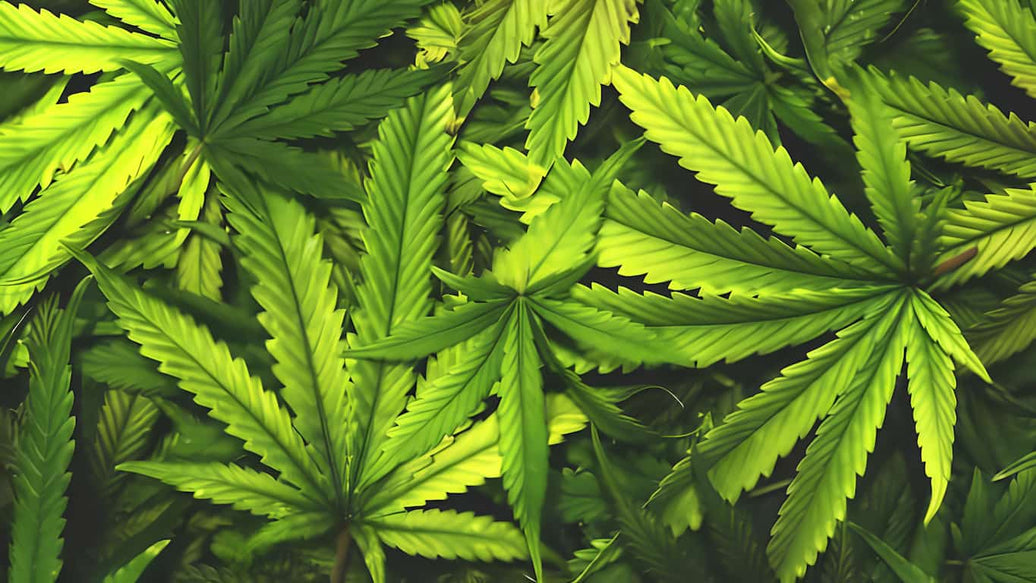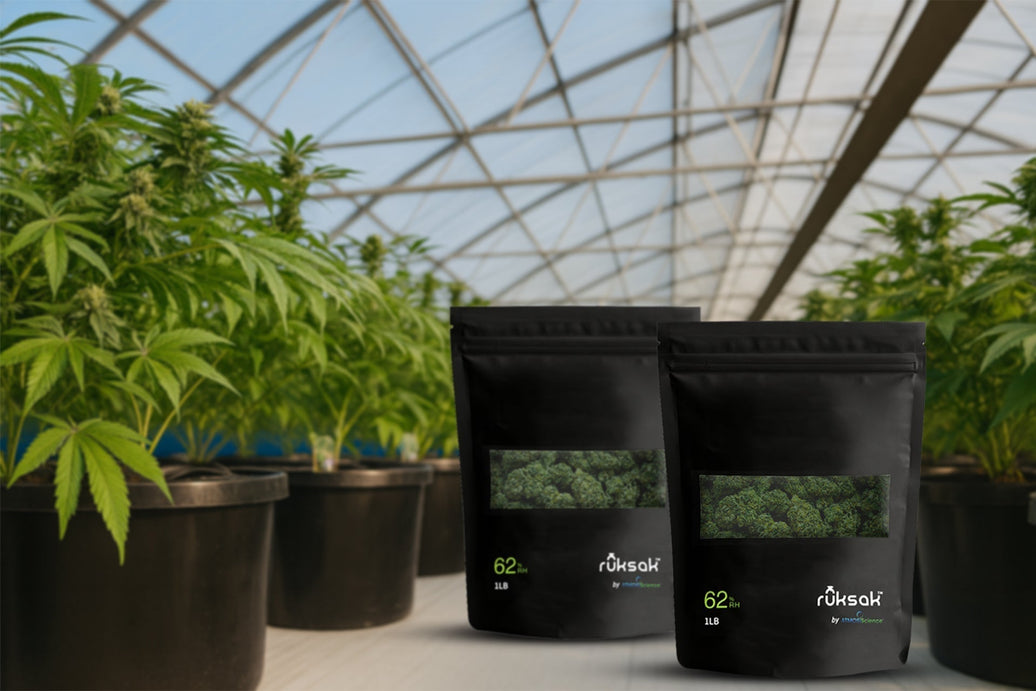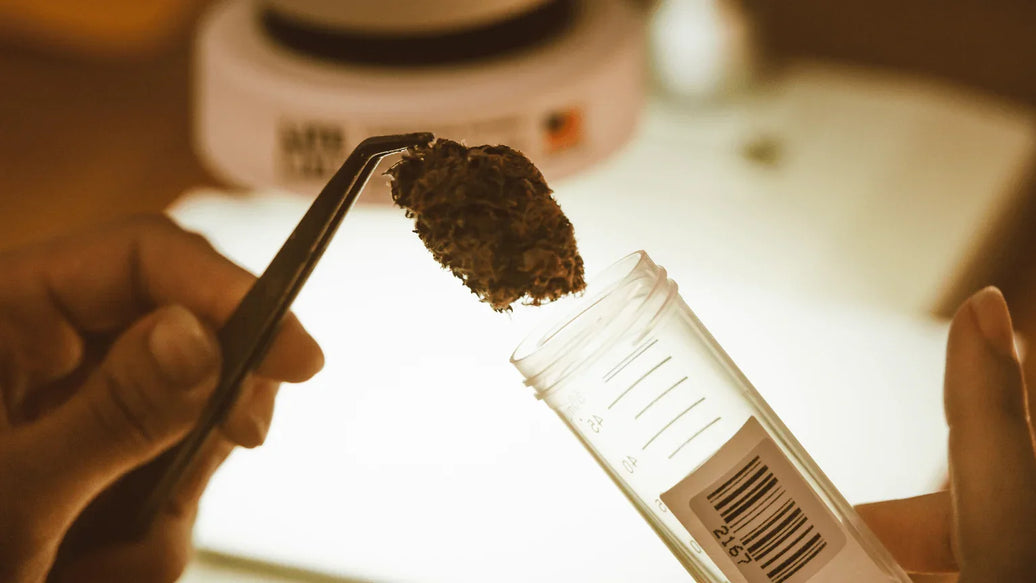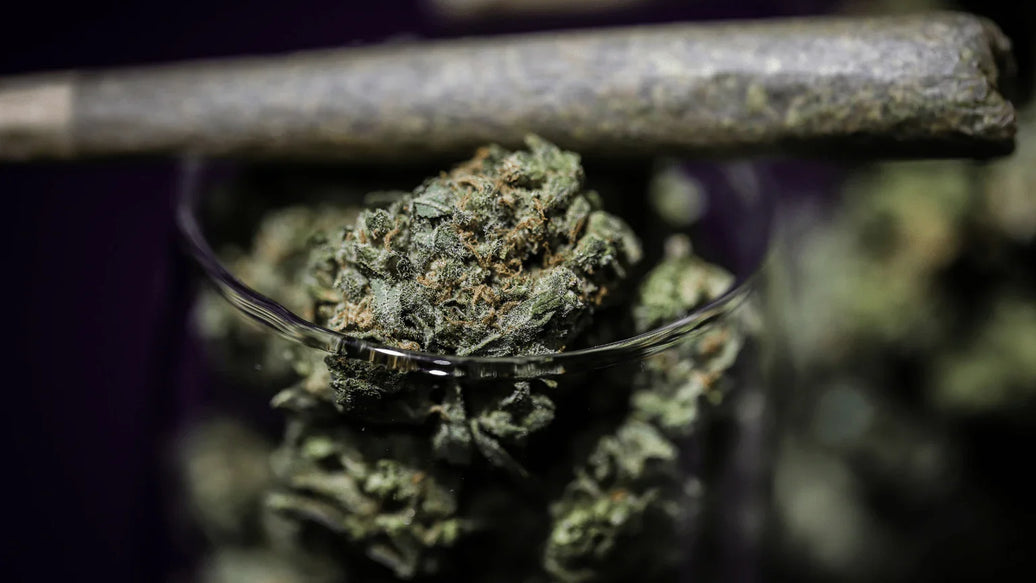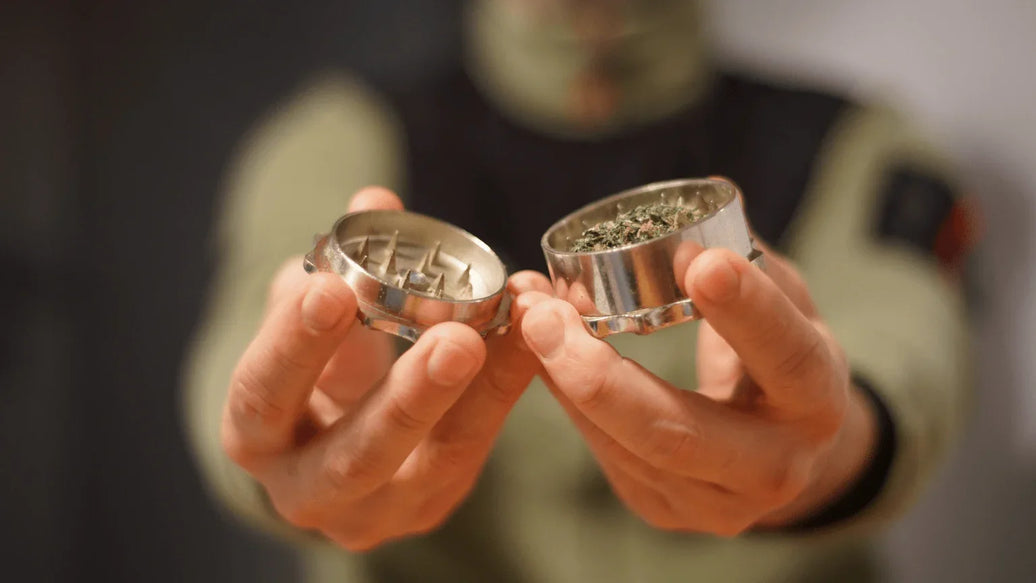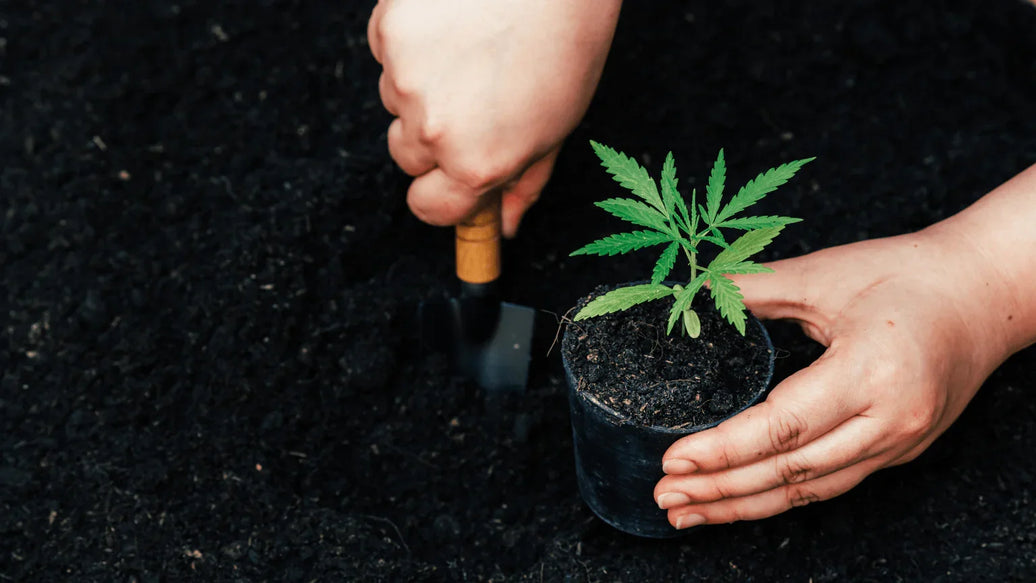Powdery mildew on cannabis is one of the most frustrating problems facing cannabis growers today. Recent surveys show powdery mildew was detected in nearly 30-40% of hemp fields across Oregon. This white powdery mildew on cannabis infection can destroy entire crops, cause failed testing, and result in economic losses exceeding 50% of your yield.
The main culprit is a fungus called Golovinomyces ambrosiae that feeds on living plant tissue. What makes this white powdery mildew on cannabis particularly challenging is that it actually thrives in the same conditions your cannabis plants love—moderate temperatures and controlled humidity.
Understanding how to get rid of powdery mildew on cannabis effectively requires the right combination of environmental control, prevention practices, and targeted powdery mildew treatment on cannabis methods. This blog provides practical, proven solutions from research to help you protect your cannabis crop from powdery mildew on cannabis.

What is powdery mildew & why does it attack cannabis?
Recognizing the enemy
Powdery mildew on cannabis is caused by a fungal pathogen that shows up as white, powdery spots on your plants. A related fungus called Podosphaera macularis can also affect your crop. Both need living plants to survive, which means they're constantly looking for healthy cannabis to infect.
These white powdery mildew on cannabis fungi love the same conditions your plants do: moderate humidity (50-70%) and temperatures between 70-80°F. That's why powdery mildew is such a common problem in grow rooms and greenhouses.
How it spreads
The powdery mildew life cycle starts when microscopic spores land on your cannabis leaves. Within hours, they begin growing, and within 24 hours they've penetrated the leaf surface. You'll start seeing visible white powdery mildew on cannabis spots about 7-14 days after the initial infection. Once established, it spreads rapidly throughout your grow space, especially in dense canopies with poor airflow.
Why your cannabis is vulnerable
Cannabis plants create perfect powdery mildew conditions. Dense foliage restricts airflow, creating humid pockets. Indoor grows maintain consistent temperatures year-round, giving powdery mildew no break. Most cannabis strains don't have natural resistance to powdery mildew, though scientists recently discovered resistance genes (PM1 and PM2) that breeders are starting to work with.

Prevention: Your best defense
Control your grow room climate
The most important powdery mildew treatment on cannabis actually starts before you see any problems. Humidity control is your number one defense against powdery mildew on cannabis infections. Here's what works:
Humidity targets:
- Vegetative stage: Keep humidity at 40-60%
- Early flowering: Reduce to 40-50%
- Late flowering: Drop to 30-40%
Discover more about late flowering period: Final 4 Weeks Before Cannabis Harvest: Key Preparation Guide
Temperature control:
Maintain steady temperatures between 68-78°F with minimal swings between day and night. Avoid going above 86°F, which can stress your plants. Professional dehumidification systems designed for cannabis cultivation help maintain consistent conditions that prevent powdery mildew while keeping plants healthy.
Keep air moving
Good airflow prevents the stagnant, humid pockets where white powdery mildew on cannabis loves to grow. Install oscillating fans to keep air gently moving throughout your canopy. Don't point fans directly at plants—you want gentle circulation, not wind stress.
Consider HEPA filtration systems that capture powdery mildew spores from intake air before they reach your plants. These filters trap microscopic particles and provide excellent protection.
Plant spacing & pruning
Space your plants 2-3 feet apart to allow proper airflow and prevent powdery mildew. Regular pruning removes lower branches and dense foliage that create humid microclimates where white powdery mildew on cannabis establishes.
Water your plants early in the day so excess moisture evaporates before lights go out. Avoid getting water on leaves and buds, which creates perfect conditions for powdery mildew spores to germinate.
Clean growing practices

Keep your grow room clean to prevent powdery mildew introduction. Between grows, clean all surfaces with 3% hydrogen peroxide solution. Disinfect tools, pots, and equipment. Quarantine any new clones or plants for 7-10 days to watch for powdery mildew on cannabis before introducing them to your main grow area.
Protecting your harvest
Drying room essentials
Powdery mildew on cannabis can attack during drying and ruin your entire harvest. Maintain strict environmental control: 45-55% humidity and 60-70°F temperature throughout the drying process.
Professional drying room systems prevent white powdery mildew on cannabis while preserving your cannabinoid and terpene profiles. Keep air circulating gently around drying plants. If humidity rises above 70%, powdery mildew risk increases dramatically.
Properly dried cannabis should have stems that snap rather than bend—usually 7-14 days under optimal conditions.
Curing with precision humidity control
Proper curing prevents powdery mildew during the final quality development stage.
Discover: Cannabis Curing Essentials: Enhance Potency and Flavor Perfectly
- Use airtight glass jars filled 75% full with ATMOSIScience's liners.

- Maintain internal humidity at 58-65% using 2-way humidity control packs.
This narrow range prevents both powdery mildew growth and over-drying.
ATMOSIScience Humidi-Cure® integrate with curing setups: Precision 58-65% range

These advanced humidity packs maintain the exact range preventing powdery mildew contamination while preserving quality. Unlike basic humidity packs that vary widely, ATMOSIScience technology stays within target parameters.
Monitor during burping
"Burp" jars 2-3 times daily for the first two weeks, checking carefully for any white powdery mildew signs. Any contamination requires immediate isolation to prevent powdery mildew spread.
Explore: How Long & How to Burp Cannabis Jars for Perfect Curing
Long-term storage humidity control
For long-term storage, keep humidity at 55-62% and temperature below 68°F to prevent powdery mildew while maintaining cannabinoid stability.
ATMOSIScience Storage Humidity Control maintains these parameters automatically throughout extended storage, protecting your harvest from powdery mildew on cannabis contamination for months or years.
Contact ATMOSIScience today for professional cannabis climate control solutions that prevent powdery mildew while maximizing your crop quality and yields.

